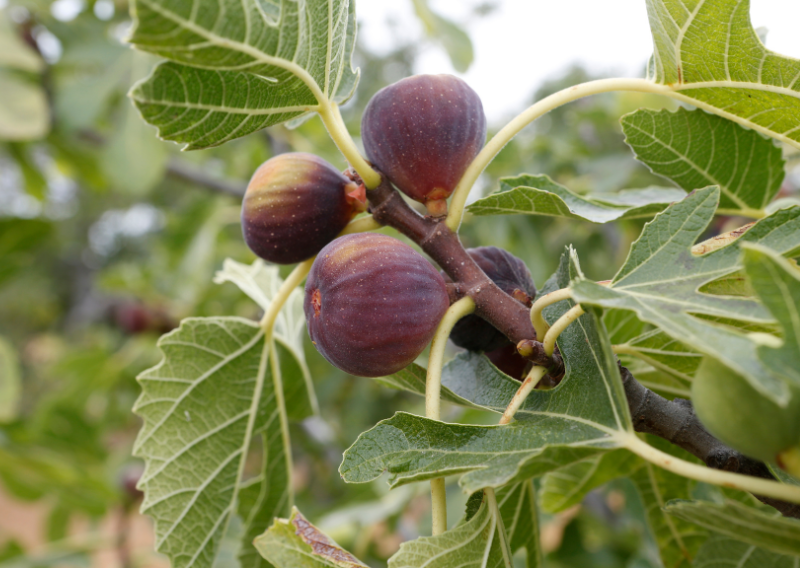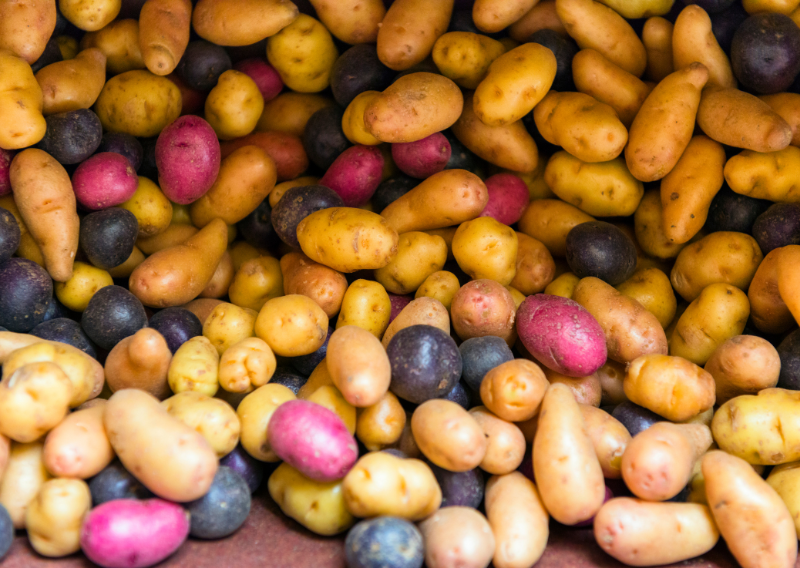
Free Food in the City! A Beginner’s Guide to Urban Foraging + Top 5 Finds
Have you ever walked through a city park or along a sidewalk and noticed the abundance of edible plants growing wild around you? I found out about foraging and collecting edible food over the past years, and I couldn’t believe how many kinds of wild food you can find anywhere you go, even in a city like London!
Since I did my first foraging course, I learned to notice things that I used to ignore when walking on the street and the importance of being aware of your surroundings. I learned to slow down, pause, and look.
Everything can be found in the supermarket nowadays, so most people don’t get the chance to learn how food is grown and where it comes from.
Foraging for food is a time-honored tradition that brings us closer to the land and the origin of food.


5 things that you can forage even if you live in the middle of the city
1. Figs – Figs are a delectable fruit with a rich, honey-like sweetness and a soft, chewy texture but they are not the only edible part of the plant. The leaves are also edible and they taste like coconut. They’re great for diabetes, high cholesterol, and skin conditions.
2. Ginkgo biloba- Produces stinky fruits but the leaves have a lovely citrusy and nutty flavor making them a great addition to salads. They also help improve cognitive function and circulation.
3. Bay leaves- They are commonly found in parks. They add flavor to soups, stews, and sauces, enhancing the overall taste of your meal. I usually dry the leaves so I can use them for pickling or cooking. hey are also believed to aid in digestion and have anti-inflammatory properties.
4. Pineapple weed- They commonly grow in disturbed areas and their aromatic, pineapple-like flavor adds a unique twist to your dishes. They also help relieve anxiety and insomnia.
5. Wild Plums- They can be found all over many parks. Their intense sweetness and tanginess make them a delightful addition to jams, pies, and sauces. They are full of fiber, and vitamin A and great for bone health.
Why Foraging (Even In The City) Is Worth To Do
- Connecting with Nature in Unexpected Places- Foraging in the city offers a unique opportunity to connect with nature in unexpected places. It encourages us to slow down, observe our surroundings, and appreciate the natural world, even in the middle of concrete and buildings.
- Embracing Sustainability and Local Food- Foraging promotes sustainability by encouraging the use of local, wild foods that require no pesticides, herbicides, or fertilizers to grow. By foraging in the city, you’re reducing your carbon footprint by sourcing food locally and reducing food waste.
- Rediscovering Lost Flavors and Nutrients- Many wild edibles are nutrient-rich, often containing higher levels of vitamins, minerals, and antioxidants than their cultivated counterparts. Foraging allows us to rediscover these lost flavors and nutrients, adding variety and depth to our diets.
- A Sense of Adventure and Discovery- Foraging is an adventure, a treasure hunt in the midst of our daily lives. It challenges us to step out of our comfort zones, try new things, and embrace the unexpected
Foraging in the city is not just about finding free food; it’s about exploring, learning, and connecting with the world around us…It’s worth doing and I promise that you’ll enjoy this journey.
Happy foraging!






















